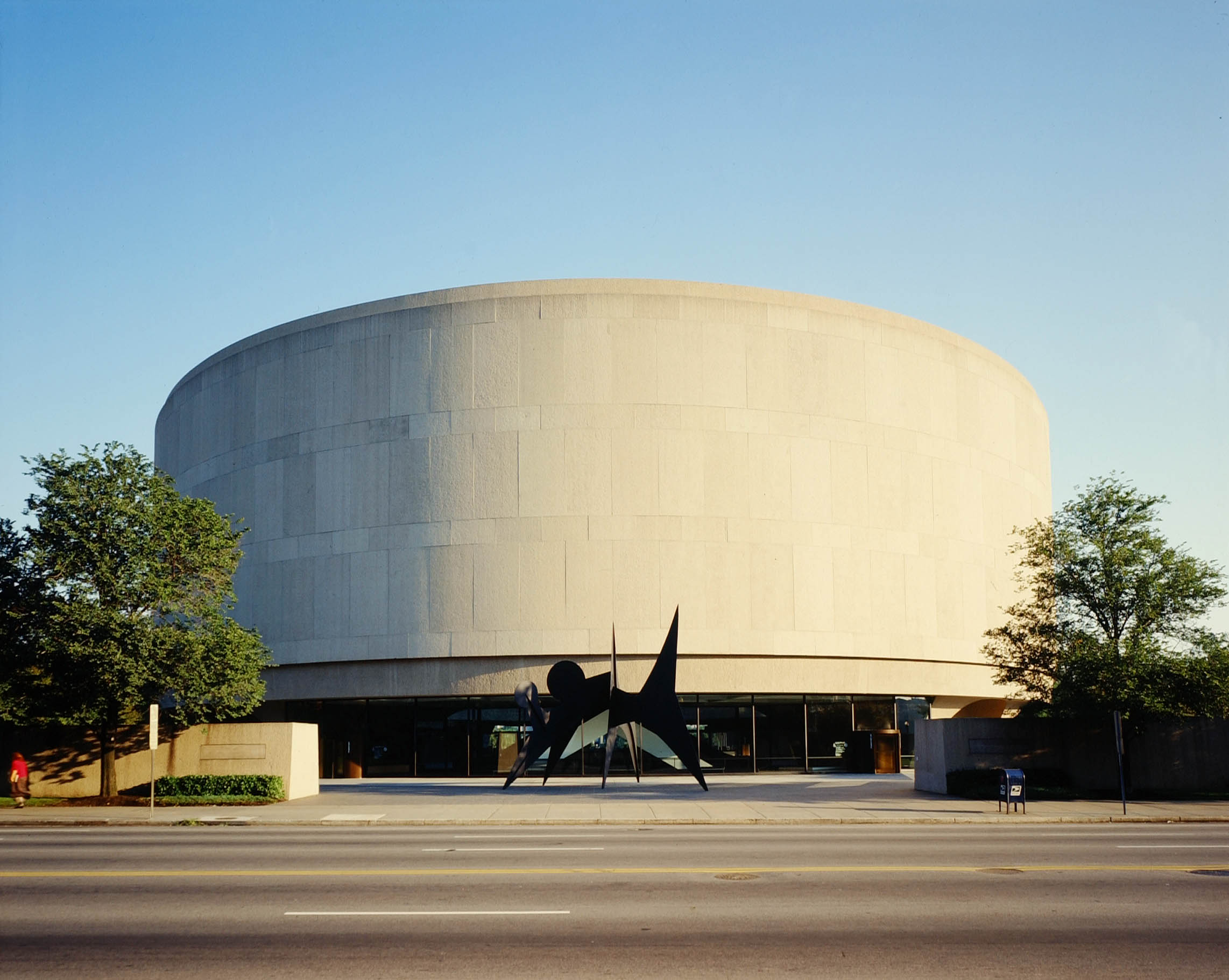Nov 1 2018 - Apr 28 2019
Hirshhorn Museum and Sculpture Garden
Washington, DC
The Hirshhorn Museum and Sculpture Garden has announced “Rafael Lozano-Hemmer: Pulse,” an exhibition featuring the interactive artwork of Mexican Canadian artist Rafael Lozano-Hemmer, on view October 2018 through spring 2019. Three major installations from Lozano-Hemmer’s “Pulse” series and six public-art documentaries come together for the first time in “Rafael Lozano-Hemmer: Pulse,” which will fill the museum’s entire second-floor galleries with evocative, immersive environments that use heart-rate sensors to create kinetic and audiovisual experiences from visitors’ own biometric data. Over the course of six months, “Rafael Lozano-Hemmer: Pulse” will animate the vital signs of hundreds of thousands of participants in the Hirshhorn’s largest interactive technology exhibition to date.
“Lozano-Hemmer’s unique practice straddles the line between art, technology and design, and will activate the museum unlike ever before,” said Hirshhorn Director Melissa Chiu. “His hypnotic installations invite museum visitors to participate in a one-of-a-kind experience while addressing complex themes surrounding agency, mortality and ownership.”
With Lozano-Hemmer’s trademark sensitivities to audience engagement and architectural scale, each artwork detects the biometric signatures of each visitor, registering and recording them as repetitive sequences that are visualized as flashing lights, panning soundscapes, waves in ripple tanks and animated fingerprints. These “portraits” or “snapshots” of the visitor’s intimate electrical activity then gets added to a live archive of other recordings, creating a landscape of syncopated rhythms. At a time when biometry is increasingly used for identification and control, here agglomerated data presents a new form of anonymity.
The exhibition begins with “Pulse Index” (2010), which will be presented at its largest scale to date. The work records participants’ fingerprints at the same time as it detects their heart rates, displaying data for the last 10,000 users on a Fibonacci-sequenced grid of massive projections. To take part, visitors insert their finger into a custom-made sensor equipped with a digital microscope and a heart-rate monitor. Their fingerprint, the most commonly used biometric image for identification, immediately appears on the largest cell of the display, pulsating to their heart beat. As more people participate, older recordings get recycled and the display’s rotating projections become a metaphor for the human life cycle.
The second work visitors will encounter is “Pulse Tank,” which was premiered at the Prospect1 New Orleans Biennial in 2008, and will be updated and expanded for this new exhibition. To participate, visitors hold sensors on the sides of illuminated water tanks. Computers then detect their pulse and hammer ripples on the water’s surface, reflected in shadow patterns on the gallery walls. The patterns are ever-changing as they are the result of the live waves interfering with each other and creating complexity.
Stepping into the last installation, “Pulse Room” (2006), visitors enter an otherworldly space filled with hundreds of clear, incandescent light bulbs hanging from the ceiling in even rows, pulsing with the heartbeats of past visitors. This work was inspired by the 1960 Mexican film Macario (dir. Roberto Gavaldón), in which the protagonist suffers a hunger-induced hallucination wherein every person is a lit candle in a cave. Visitors add their heartbeat by touching a sensor near the beginning of the installation, transmitting their pulse to the first bulb, which then flickers to its rhythm. Additional heartbeats continue to register on the first bulb, advancing earlier recordings ahead one bulb at a time. The amplified sound of collected heartbeats accentuates the impact of the piece.
Six short documentaries of “Pulse” works will also be exhibited, showing biometric public-art interventions in Abu Dhabi, Toronto, Hobart, New York and Urdaibai, Spain (2007–2015).
Credit: Exhibition overview from museum website
Exhibition Venues & Dates
Nov 1 2018 - Apr 28 2019
Hirshhorn Museum and Sculpture Garden
Washington, DC
